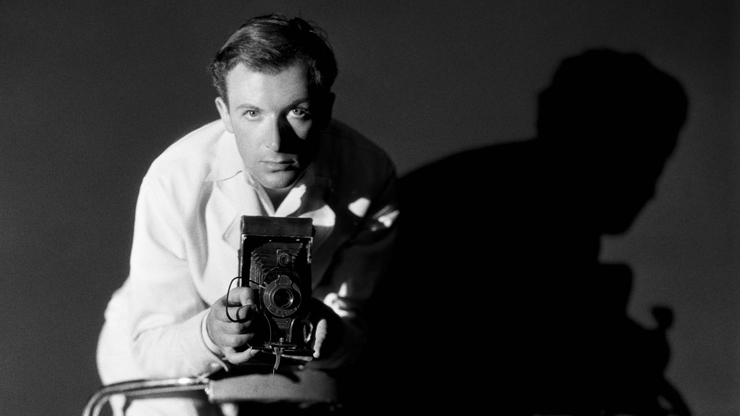
Cecil Beaton.
It's very fitting that “Love, Cecil,” a spiffy new documentary about jack-of-all-trades aesthete Cecil Beaton, refers to its subject by his first name. It initially adopts a formal distance in pulling back the curtain on the man responsible for giving the 1964 screen adaptation of “My Fair Lady” its resplendent texture, but it becomes a more intimate, disarmingly affectionate portrait long before the final fadeout. One may argue the celebrated English photographer, set designer and costume designer would have been better served with a less conventional approach to his life story, but this handsome production nevertheless does a competent job of capturing his voice.
That's a literal observation. Director Lisa Immordino Vreeland shapes the film around Beaton's diaries and other writings, which have been brought to life by Rupert Everett's vivid voiceover narration. The filmmaker moves things along at a steady clip, sticking to a basic linear structure with precious few detours. If this sounds dry and uninspired, rest assured that's not at all the way it plays. The director doesn't set out to reinvent the wheel, but what her film lacks in inventiveness and creativity, it compensates in a willingness to explore the Renaissance man at its core with clarity and compassion. Of course, it helps that his was a well-documented life.
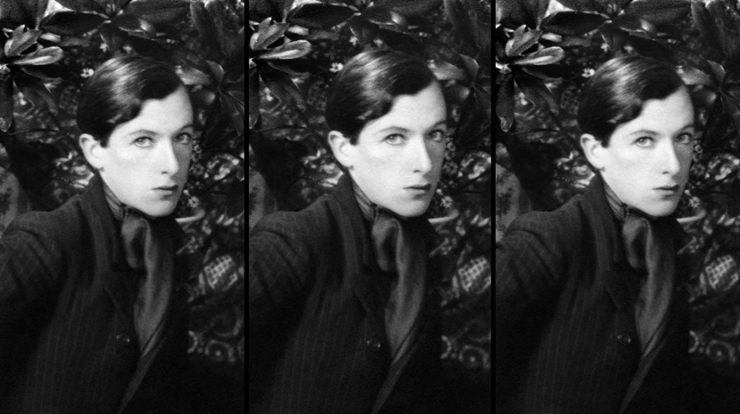
Cecil Beaton.
Beaton, the eldest son of an upper middle class family who yearned to rub shoulders with the aristocracy, here comes across as the bastard child of Quentin Crisp and Edith Head, fusing the former's world-weary resilience with the latter's formidable output and disciplined work ethic. Footage from a TV interview has the host ask Beaton what he considered to be his main profession. “I wish I knew,” he replies, belying the directness of purpose with which the Hampstead native wandered what he described as the “labyrinth of choice.”
The film initially appears to be more interested with the evolution of Beaton's work than the personal demons that helped fuel it. There are multiple montages of self-portraits that show the budding photographer embracing androgyny, but only a quick mention of the time his father caught him putting on Mum's makeup. His friendship with the group of moneyed bohemians who became known as the Bright Young Things (think of the Brat Pack, then add more talent and turn back the clock to the 1920s) takes up considerable screen time, but Immordino Vreeland doesn't dwell long on the surprising revelation that Beaton was a poor student who flunked his exams at Cambridge.
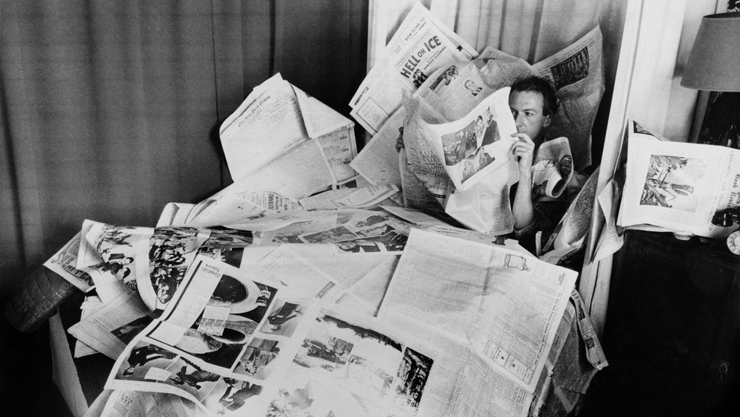
Cecil Beaton.
But that disparity becomes less lopsided as “Love, Cecil” glides through the decades. Just when you think the movie's going to be all work and no play, the film begins to take baby steps toward dealing with his personal life. Immordino Vreeland interviews biographers, as well as former colleagues and contemporary artists who have been influenced by Beaton, and the portrait that emerges is of a gifted creator who was successful at his career(s) but deeply unlucky in love. When describing socialite Stephen Tennant, Beaton writes in his diary, “it was love at first sight.” But his fixation on this “remote, tomantic, mysterious” lad would be one-sided. “I'm really a terrible, terrible homosexualist,” he says in an interview.
Beaton was eventually unable to resist the lure of the other side of the Atlantic, New York with its thriving theater scene and vibrant urban sprawl, and Hollywood in all its Golden Age glamour and artifice. His star portraits (Dietrich! Garland! Welles!) captured the A-listers' essence with their evocative play of light and shadow. A photograph of Gary Cooper in silhouette is particularly breathtaking.
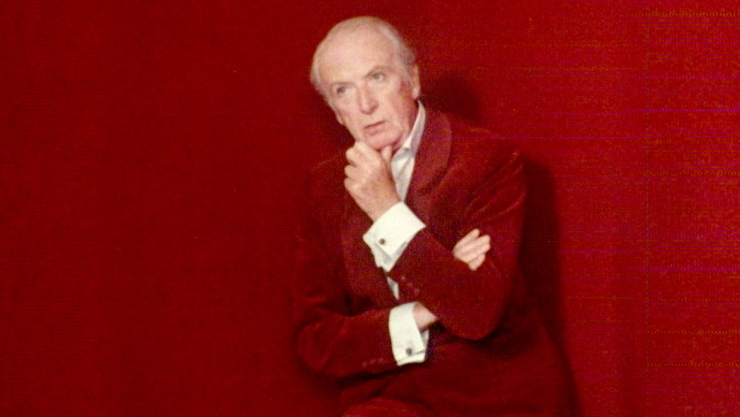
Cecil Beaton.
It all came crashing down for Beaton, at least for some time, after he scribbled an anti-Semitic epithet in one of his illustrations for Vogue magazine. The documentary's depiction of the fallout, with its blacklisting and ostracizing, is especially timely in the age of Twitter rage.
But where “Love, Cecil” is truly enchanting is in when it covers his first photo shoot for the Royal Family. The usually confident shutterbug shows uncharacteristic nerves, and we feel the enormous pressure he must have been under to not screw up this particular assignment, making this absorbing film a playground for anglophiles as well as history and movie buffs.
Speaking of history, Beaton's World War II photographs show the artist capturing the horrors of the global conflict, both abroad and at home. (They also give him the opportunity to eroticize score of strapping young men.) After the war was over, the film follows his transition into set design, as well as his volatile relationship with muse-turned-alleged-lover Greta Garbo. It would be an understatement to say Beaton, with his trademark candor, made no attempt to conceal his liaison with the notorious recluse. Similarly, the movie doesn't shy away from his more bitchy side, such as when he calls Katharine Hepburn a “dried-up boot.”
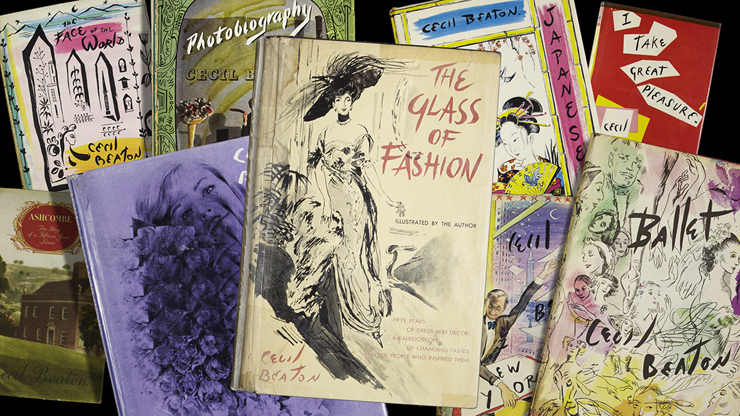
Cecil Beaton.
It all unfolds like a page-turner you can't put down, and that's before the movie even gets to Beaton's brilliant work in “My Fair Lady,” and his oil-and-water collaboration with the film's director, George Cukor. As you can probably tell, Immordino Vreeland, granddaughter-in-law of fashion columnist and edtor Diana Vreeland, packs a lot in 99 minutes. She's turned material that, on paper, looks like stodgy tea-and-crumpets fare for intellectuals into an agile and heartfelt portrait of a pioneer who refused to be pinned down.
“Love, Cecil” runs through Aug. 16 at the Coral Gables Art Cinema. The theater will also be showing a limited engagement of the digital restoration of “My Fair Lady” starting Saturday. Both are well worth seeking out.
 MAIN MENU
MAIN MENU

